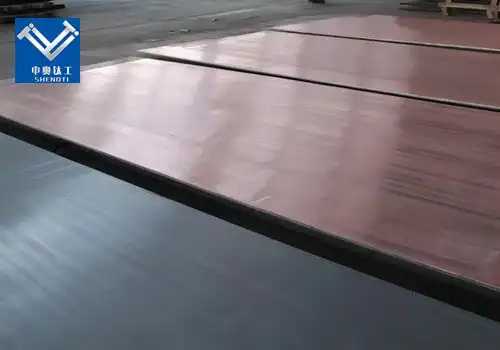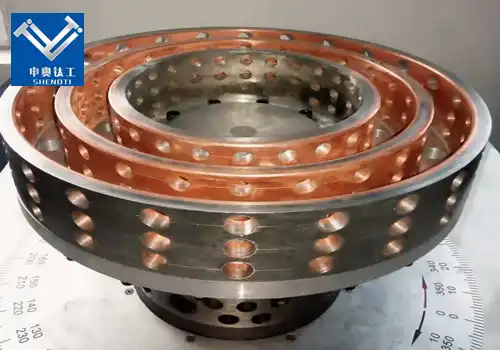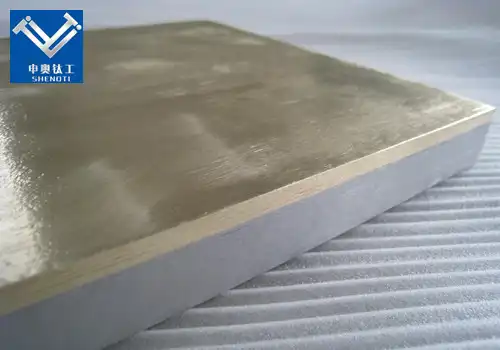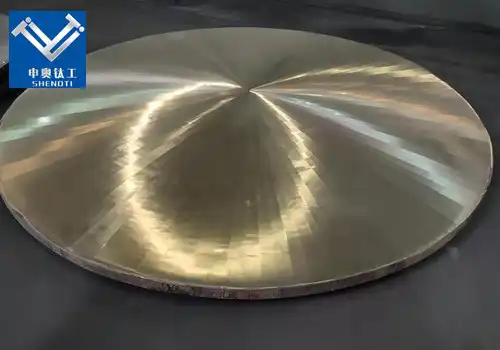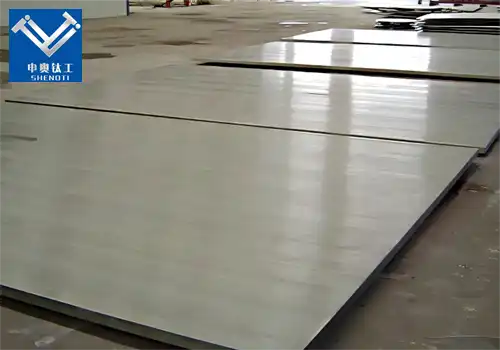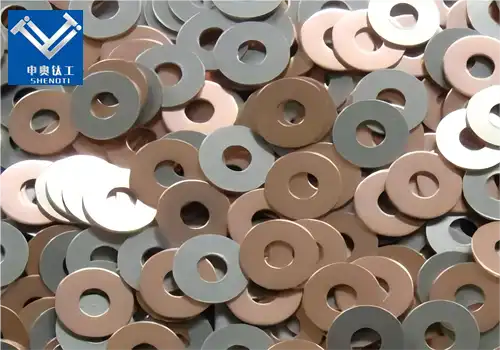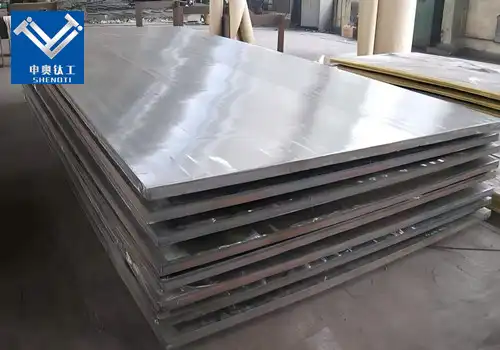
Copper Cadding Aluminum Sheet Transition Joint for EV Battery, Marine and Power Applications: Benefits, Specs & Global Supplier Guide
2025-06-28 16:49:37
Copper Cadding Aluminum Sheet Transition Joint for EV Battery, Marine and Power Applications: Benefits, Specs & Global Supplier Guide
Introduction
Copper cadding aluminum sheet transition joints are engineered bimetallic connectors that effectively bridge the conductivity and structural differences between copper and aluminum components. These joints are widely used in electric vehicle (EV) battery packs, marine electrical systems, and high-current power infrastructure where lightweight materials and efficient conductivity are essential.
What is a Copper Cadding Aluminum Sheet Transition Joint?
A copper cadding aluminum sheet transition joint consists of a layer of high-purity copper metallurgically bonded to an aluminum substrate. This bimetallic joint enables seamless electrical and thermal conduction between dissimilar metals, eliminating galvanic corrosion and ensuring long-term stability.
Key Characteristics
- High-conductivity copper surface (T2/TU2 grade)
- Lightweight aluminum backing (1060/3003/5083 grade)
- Explosion-bonded or roll-bonded metallurgical interface
- Bonding strength ≥12 MPa
- Custom thickness ratios and dimensions
- Oxidation and corrosion resistance
Why Use Copper Clad Aluminum Sheet Transition Joints?
1. Improved Electrical Conductivity
The copper layer ensures minimal electrical resistance, making it ideal for high-current environments like battery modules, switchgears, and power rails.
2. Galvanic Corrosion Prevention
The bonded interface prevents electrolytic corrosion between copper and aluminum parts, ensuring safety and durability in humid, saline, or marine conditions.
3. Lightweight Design Advantage
Replacing full copper with a copper-aluminum hybrid reduces component weight significantly—critical in EV, aerospace, and offshore applications.
4. Enhanced Mechanical Strength
Explosion or roll bonding delivers superior bonding strength, allowing the joint to withstand vibration, heat cycling, and mechanical loads.
Applications of Copper Cadding Aluminum Transition Joints
EV and Battery Systems
- Battery cell-to-tab transition connectors
- Busbar to aluminum frame joints
- Module-level current bridges
Power Transmission and Grid Systems
- Grounding transitions between copper busbars and aluminum panels
- High-voltage substation connectors
- Power control cabinets
Marine and Offshore Engineering
- Corrosion-resistant electrical bonding for ships
- Seawater-exposed switchgear joints
- Submarine cable transitions
Industrial and Renewable Energy Equipment
- Wind turbine converters
- Photovoltaic inverter assemblies
- Electric rail and metro systems
Manufacturing Technology
Explosion Bonding
A high-velocity explosive charge bonds copper and aluminum into a wavy metallurgical interface, forming a strong, stable joint without heat-affected zones.
Roll Cladding
Using heat and pressure, this method produces a smooth, uniform copper-aluminum clad with consistent thickness, perfect for mass production.
Friction Stir Welding or Diffusion Welding
Used for certain applications where ultra-clean bonding is required, such as aerospace or medical devices.
Technical Specifications
| Parameter | Value |
|---|---|
| Copper Grade | T2 / TU2 (≥99.9% or ≥99.95%) |
| Aluminum Grade | 1060 / 3003 / 5083 |
| Total Thickness | 1 mm – 20 mm |
| Width | Up to 1500 mm |
| Bonding Strength | ≥12 MPa |
| Service Temperature | −40°C to +200°C |
| Customization | Thickness ratio, dimensions, surface treatment |
FAQs About Copper Cadding Aluminum Sheet Transition Joints
Q1: How do you connect copper and aluminum in battery applications?
Transition joints are used as conductive bridges to bond copper and aluminum safely, avoiding galvanic corrosion and improving reliability.
Q2: Can these joints be welded?
Yes, transition joints can be ultrasonically or friction welded, especially in battery tab and pack assemblies.
Q3: Are these joints certified for marine or EV standards?
Yes, suppliers like Baoji ShenAo provide certified products that meet ISO, CE, or industry-specific compliance tests.
How to Choose a Reliable Supplier
- Experience with bimetallic explosion welding technology
- Availability of test data and metallographic analysis
- Capability for custom thickness and dimensions
- Global shipping and engineering support
About Baoji ShenAo Metal Materials Co., Ltd.
With over 15 years of experience in bimetallic manufacturing, Baoji ShenAo is a trusted supplier of copper cadding aluminum sheet transition joints. Our solutions are widely adopted in EV battery packs, power systems, and offshore platforms worldwide.
- Explosion bonding + roll bonding production lines
- Certified materials and factory testing
- OEM/ODM support for customized designs
- Fast delivery and technical consulting
Contact Us
Looking for reliable copper clad aluminum sheet transition joints? Contact our sales team for consultation, samples, and quotes.
Email: zh@baojiti.com.cn
Website: shenaocladplate.com
Conclusion
Copper cadding aluminum sheet transition joints offer a high-performance solution for integrating copper and aluminum systems. Their versatility, durability, and efficiency make them essential in today’s electrified and lightweight engineering landscapes.
YOU MAY LIKE











